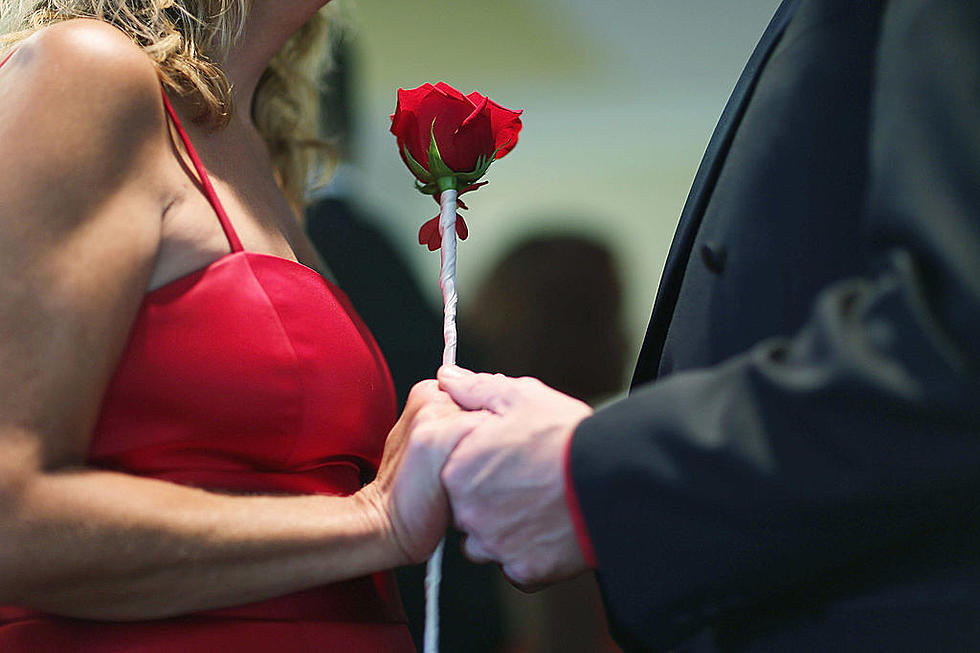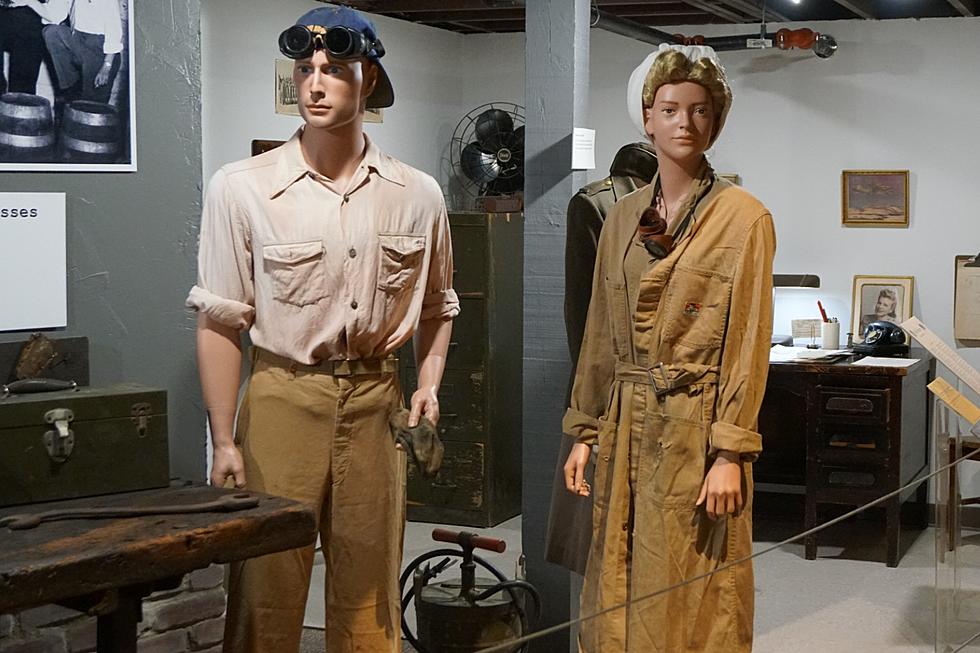
Armistice Day Blizzard – on ‘This Date In Central Minnesota History’
UNDATED - November 11th, 1940 – Armistice Day Blizzard
Blizzard is a word that brings fear, excitement, danger and awe to those who have experienced one. Today marks the anniversary of the Armistice Day Blizzard. This storm has been called the worst storm that this state has ever seen. Monday, November 11, 1940 started out as an unseasonably warm and beautiful late fall day. But, as the day wore on, temperatures began to fall. Changes occurred rapidly as a fast moving cold front rolled northwestward bringing with it the dangerous characteristics of a blizzard: high winds, falling temperatures, and heavy snow. The storm came as a surprise; women wore open-toed shoes to work, duck hunters wore light jackets. There was some talk of snow in some areas, but no one expected more than a few inches. As the weather became more ominous, schools and businesses began to close.
The blizzard raged for three days and nights. 16 inches of snow fell in St. Cloud, and Collegeville recorded a whopping 26.6 inches! The St. Cloud Times recorded 12 foot drifts the next day. Many people were stranded for days before snowplows could open roads through the drifted over roads.
49 Minnesotans perished. A 13-year-old girl from Roscoe, Adella Osendorf, died while searching for her father in the farm yard. She was found frozen to death 150 feet from the barn. A farmer near Princeton, John Beto, went to look for his horses in the pasture. His frozen body was found leaning on a fence 80 rods from his house the next day. Many people died from exertion and exhaustion, from shoveling snow, trying to get through huge drifts, etc. 17 duck hunters froze to death when caught in the storm unprepared. Two trains collided in Watkins, resulting in two deaths. It is believed the crash occurred when one of the trains, failing to find its sidetrack in the storm, remained on the main line, contrary to orders.
The real terror of the storm lay not in its severity but with the lack of warning in which it came. The weather forecasters of 1940 relied on practices considered primitive according to today’s standards. The upper atmosphere, the best indicator of oncoming weather systems, was measured by means of helium filled balloons that were sent up to a height of 100,000 feet with instruments capable of measuring wind velocity, temperature changes, and pressure. This data was radioed down to weather stations on the ground. Some weather bureaus also used aircraft to observe conditions. But as the air became turbulent, these methods became less effective and weather stations relied on reports relayed from other stations to issue reports of oncoming severe weather.
In a state where rapid climatic changes are commonplace and there are more days of life threatening weather per year than any other it is no surprise that second guessing the weatherman is a longstanding Minnesota custom. We Minnesotans know to never underestimate Mother Nature!
Thanks to Steve Penick and Sarah Warmka from the Stearns History Museum for their help with our series, “This Date In Central Minnesota History” on WJON.
More From AM 1240 WJON







![Autumn Kicks Off in St. Cloud at 2nd Annual Harvest Fest [PHOTOS]](http://townsquare.media/site/67/files/2022/09/attachment-DSC08984.jpg?w=980&q=75)

